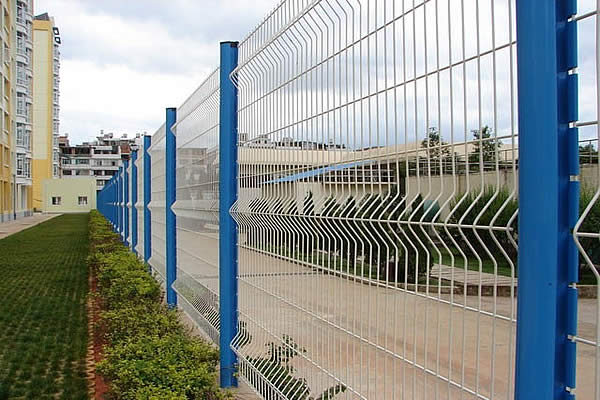 TEL:
+86-13102802206
TEL:
+86-13102802206
 Email:
fencenetting@china.com
Email:
fencenetting@china.com
 Language
Language
 TEL:
+86-13102802206
TEL:
+86-13102802206
 Email:
fencenetting@china.com
Email:
fencenetting@china.com
 Language
Language


Understanding the Construction of Chain Link Fences
Chain link fences, often seen enclosing playgrounds, sports fields, and residential areas, are a popular choice for both security and visibility. Their construction involves a simple yet effective design that combines durability, affordability, and functionality.
At the heart of the chain link fence is the chain link fabric, which is made of galvanized steel wire woven together in a diamond pattern. This configuration provides strength and flexibility. The thickness of the wire and the size of the openings can vary, allowing for customization based on specific needs. Galvanization protects the steel from corrosion, making the fence suitable for various weather conditions.
Understanding the Construction of Chain Link Fences
After the layout is determined, setting the fence posts is the next phase. Typically, these posts are made of steel or aluminum and should be anchored securely in the ground, often using concrete for added stability. The standard spacing between posts is usually around 6 to 10 feet, depending on the height of the fence and local conditions. Proper post height is essential for maintaining the structural integrity of the fence.

Once the posts are installed, the chain link fabric can be attached. The fabric is unrolled and affixed to the posts using tension bands and wire ties. Tension bars are inserted at the ends of the fabric to keep it taut and aligned, ensuring that it doesn’t sag over time. This step is critical in providing a neat appearance and ensuring the fence can withstand environmental stresses, such as wind and heavy rain.
The final touches involve adding gates for access and any additional features, such as barbed wire or privacy slats, if desired. Gates can be single or double, depending on the width needed for entry. It’s important to ensure that gates align perfectly with the fence fabric for smooth operation.
Chain link fences are appreciated not only for their practicality but also for their transparency, allowing visibility without obstruction. This feature makes them ideal for keeping pets in or providing security without creating a barricade.
In conclusion, the construction of a chain link fence is a straightforward process that, when executed properly, results in a sturdy and functional barrier. Whether for residential security, agricultural use, or commercial applications, chain link fences are versatile, reliable, and cost-effective solutions for many fencing needs. Understanding the steps involved in their construction helps ensure a successful installation that serves its purpose for years to come.